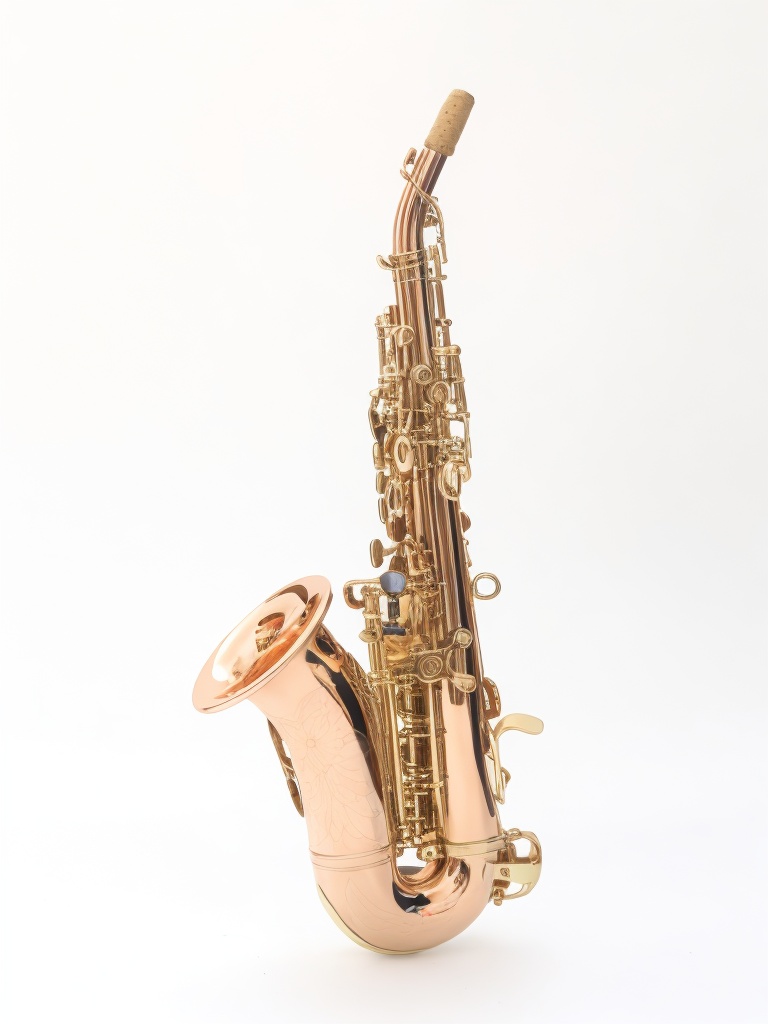Understanding the various parts of a trombone is essential for every trombonist. By familiarizing yourself with the anatomy of your instrument, you’ll be better equipped to maintain, troubleshoot, and optimize your playing. This article will provide a detailed breakdown of the key parts of a trombone and their functions.
The Bell: Projecting Sound
The bell is the flared section at the end of the trombone, responsible for projecting sound. Crafted from brass, the bell’s size and shape play a crucial role in determining the trombone’s tonal characteristics. A larger bell generally produces a warmer, more resonant sound, while a smaller bell offers a brighter and more focused tone.
The Slide: Changing Pitch
The slide is the most distinctive feature of the trombone, setting it apart from other brass instruments. It consists of two parallel tubes – the outer slide and the inner slide – that allow the trombonist to change the length of the instrument’s tubing and, consequently, the pitch. Mastery of the slide is essential for achieving smooth, accurate transitions between notes.
The Mouthpiece: Producing Sound
The mouthpiece is the small, cup-shaped component that the trombonist blows into to produce sound. By buzzing their lips against the mouthpiece, the player creates vibrations that travel through the instrument and emerge as musical notes. Mouthpieces come in various sizes and shapes, each with unique characteristics that can affect a player’s tone and range.

The Leadpipe: Connecting Mouthpiece and Slide
The leadpipe is the small tube that connects the mouthpiece to the slide. Its design and construction can significantly impact a trombone’s playability and response. Some leadpipes are removable and can be replaced with alternative designs to customize the instrument’s performance.
The Tuning Slide: Adjusting Intonation
The tuning slide is a U-shaped section of tubing located near the mouthpiece. By adjusting the tuning slide’s position, the trombonist can fine-tune the instrument’s overall pitch. Regular lubrication of the tuning slide ensures smooth operation and accurate intonation.
The F Attachment: Expanding Range and Flexibility
Some trombones, particularly tenor trombones, feature an additional section of tubing called the F attachment. Activated by a trigger or rotary valve, the F attachment extends the trombone’s range and provides alternative slide positions for greater flexibility. This feature is particularly useful for advanced repertoire and challenging technical passages.
The Water Key: Releasing Condensation
The water key, also known as the spit valve, is a small lever located on the trombone’s main slide. By opening the water key, the player can release accumulated condensation from the instrument’s tubing. Regular use of the water key helps maintain the instrument’s cleanliness and prevents damage caused by moisture.
In conclusion, understanding the parts of a trombone and their functions is fundamental for every trombonist. By mastering the anatomy of your instrument, you’ll be better prepared to care for and maintain your trombone, as well as improve your overall playing technique. With this knowledge, you can unlock the full potential of your trombone and elevate your musical performance.
